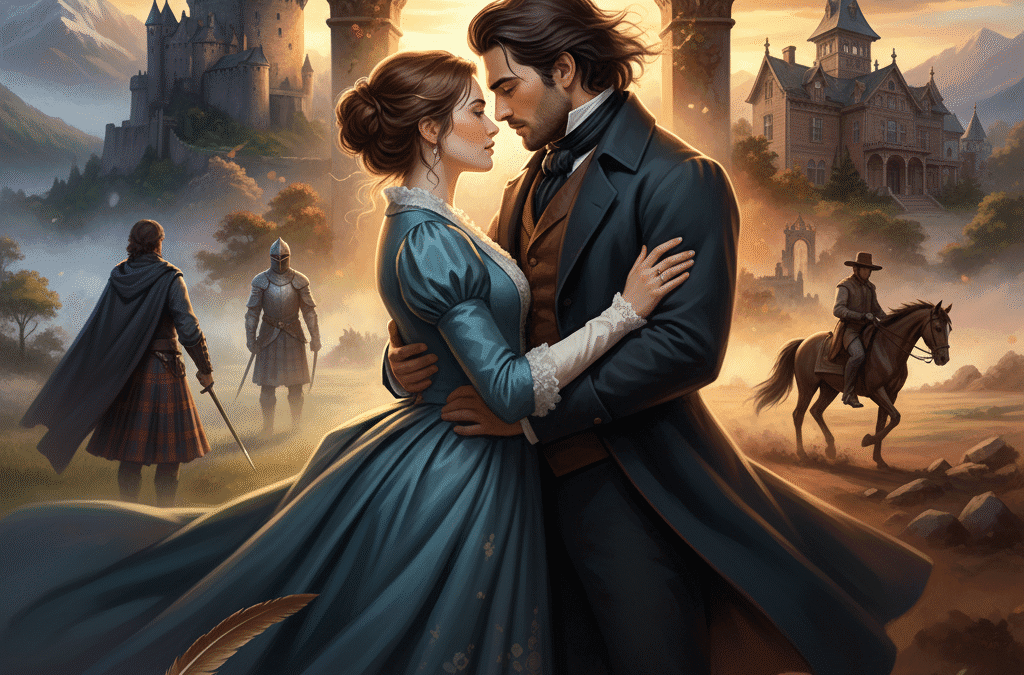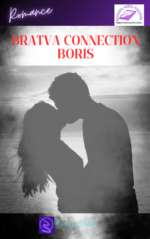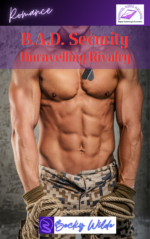Table of Contents
- What Is a Historical Romance?
- The Heartbeat of the Genre
- Why Readers Love Historical Romance
- A Journey Through Time: The Eras of Love
- Common Tropes (and Why We Adore Them)
- More Than a Backdrop: The Role of History
- Heroines of History
- The Heroes We Can’t Forget
- Why Historical Romance Still Thrives Today
- The Future of Historical Romance
- So, What Is a Historical Romance?
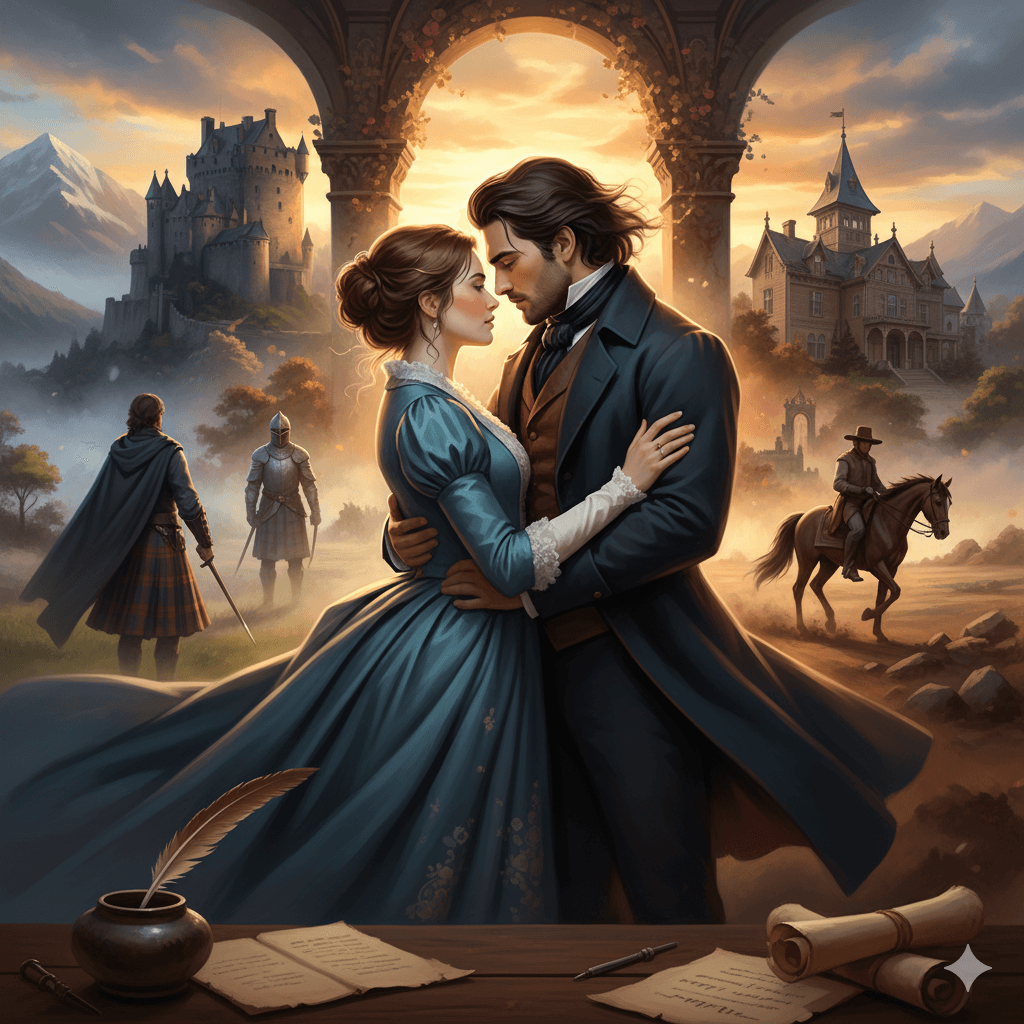
What Is a Historical Romance?
Historical romance is love set against the backdrop of the past — where the elegance of bygone eras meets the timeless pull of passion. It’s a genre that transports readers to another time and place, allowing them to fall in love among the flicker of candlelight, the rustle of silk gowns, and the quiet strength of characters defying the rules of their world.
At its core, historical romance isn’t just about history — it’s about human emotion through history. It invites readers to experience love in a time when social class, duty, and reputation could make or break a heart. Whether set in Regency-era England, the Scottish Highlands, the American West, or ancient Rome, historical romance celebrates both the constraints and the freedoms of love across the centuries.
The Heartbeat of the Genre
Every historical romance begins with setting — the world before modern love, technology, and equality. But it doesn’t stop at the costumes and castles. The best stories use the past to highlight what’s timeless about romance: courage, longing, and the fight to follow one’s heart.
The tension in historical romance often comes from society itself. Rules govern everything — who one may marry, what a woman can say, or how a man must behave. Love becomes rebellion, and every stolen glance, secret letter, or whispered confession feels like an act of defiance.
When the characters finally overcome the expectations of their world, the reward is not just love — it’s freedom. That’s why readers find historical romance so addictive: it gives love the grandeur and weight of history itself.
Why Readers Love Historical Romance
Historical romance offers a unique kind of escapism — one that satisfies both the imagination and the heart. Readers don’t just fall for the characters; they fall for the world around them.
Here’s why the genre continues to captivate millions:
- It’s romantic in every sense. The settings, the language, the manners — everything is heightened and poetic. Every interaction feels intimate and charged.
- It combines fantasy with realism. While the past provides the fantasy of another era, the emotions are entirely real and relatable.
- It celebrates resilience. Heroines often defy their world’s expectations, and heroes learn that true strength lies not in power, but in vulnerability.
- It connects past and present. Historical romance shows that love, no matter the century, has always been the greatest act of rebellion.
In every time period, love has meant risk. That’s what makes historical romance so moving — it’s about those who dared to follow their hearts when society told them not to.
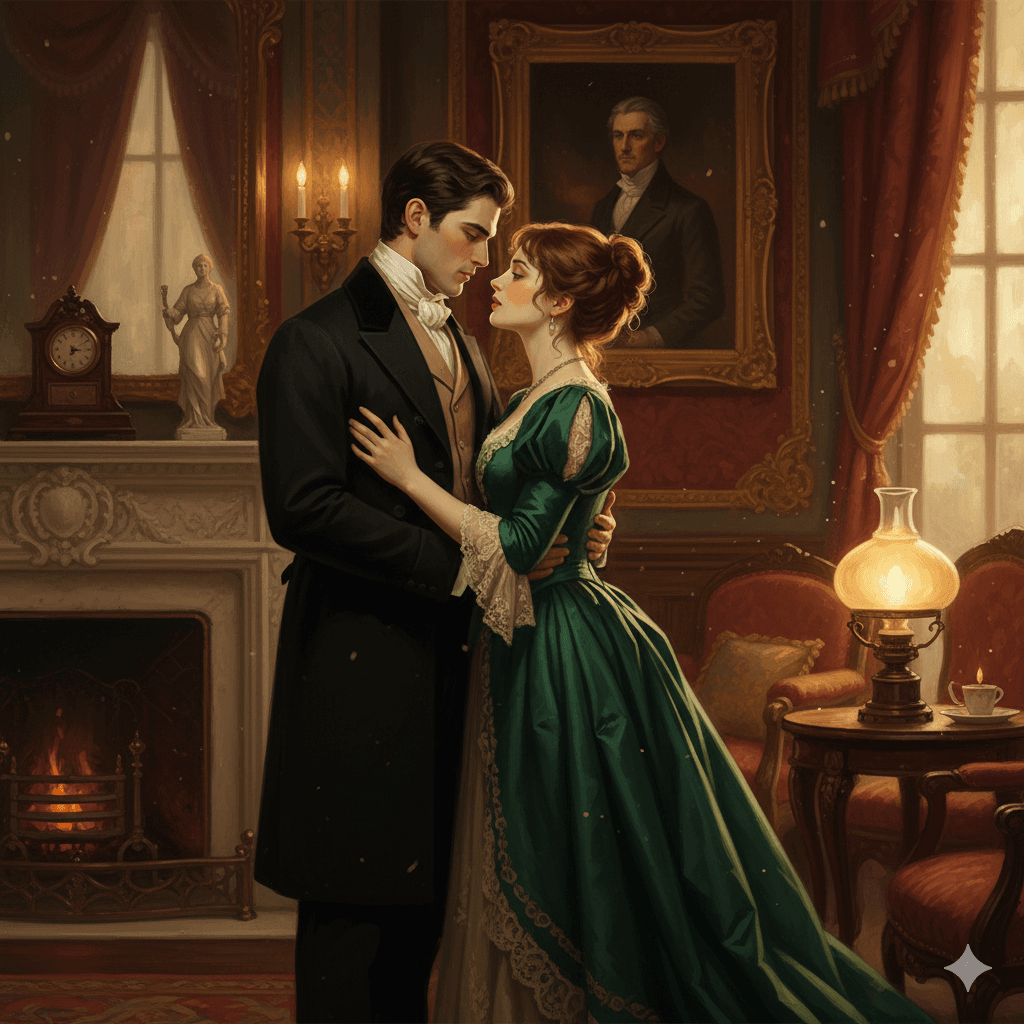

A Journey Through Time: The Eras of Love
Historical romance spans centuries and continents, each with its own flavour, customs, and emotional stakes. Here are some of the most beloved eras and settings:
1. Regency Romance
Set in early 19th-century England, this is the crown jewel of the genre. Think Jane Austen meets passion and wit — ballroom banter, dashing dukes, and heroines who outsmart high society. This era thrives on social intrigue, class boundaries, and the slow burn of forbidden attraction.
2. Victorian Romance
Darker and more industrial than the Regency era, Victorian romance explores love amid progress and propriety. Beneath the corsets and carriages lies a world of scientific discovery, moral conflict, and repressed desire just waiting to ignite.
3. Scottish and Highland Romances
Passionate and untamed, these stories feature warriors, clans, and fiercely independent heroines. The landscapes are wild, the loyalty unbreakable, and the love stories full of fire and fate.
4. Medieval and Renaissance Romances
Knights, castles, secret vows, and courtly love. These stories blend adventure and honour with tender emotion, reminding us that chivalry and courage never go out of style.
5. Western and Frontier Romances
Set in the rugged landscapes of the 19th-century American West, these tales combine survival, freedom, and the raw beauty of new beginnings. Love here is often about finding strength and partnership in untamed lands.
6. 20th-Century Historical Romances
From wartime love stories to roaring 1920s passion, more recent historically capture the changing role of women, the tragedy of separation, and the triumph of reunion.
Each era offers its own kind of magic — a different way for love to challenge, heal, and endure.
Common Tropes (and Why We Adore Them)
Like all romance genres, historical romance thrives on tropes that readers return to again and again. But when layered with historical detail, these tropes take on new meaning.
1. The Marriage of Convenience
Two people bound by duty, fortune, or family expectations — only to discover genuine love in the most unlikely arrangement. Few tropes capture emotional growth better than this one.
2. Forbidden Love
Whether it’s a nobleman and a governess, a soldier and a spy, or lovers separated by war, forbidden love stories thrive on the ache of what can’t be — until it finally can.
3. The Rake and the Wallflower
A classic pairing: the scandalous charmer who’s sworn off love meets the shy woman who sees through his defences. Together, they rewrite each other’s stories.
4. Enemies to Lovers
Feuding families, rival nations, political opposites — when passion sparks between adversaries, the results are irresistible.
5. The Disguised Heroine
She’s dressed as a man, a maid, or a spy — and he never sees her coming. This trope adds adventure and agency, showing heroines who defy the limits of their world.
6. The War-Torn Lovers
Separation, loss, and reunion. Love that survives chaos reminds readers that even in the darkest times, the human heart endures.
More Than a Backdrop: The Role of History
A great historical romance doesn’t just use history as decoration — it lives in it. The manners, fashion, dialogue, and customs shape the entire emotional landscape. Every action, from a glance to a proposal, carries meaning because of the rules that define the world.
Authors of historical romance often research extensively to capture authenticity — yet they also weave in modern sensibilities to connect with today’s readers. The balance is delicate: the story must feel true to its era but emotionally relevant to now.
What makes the genre timeless is its ability to remind us that love — in any century — requires courage.
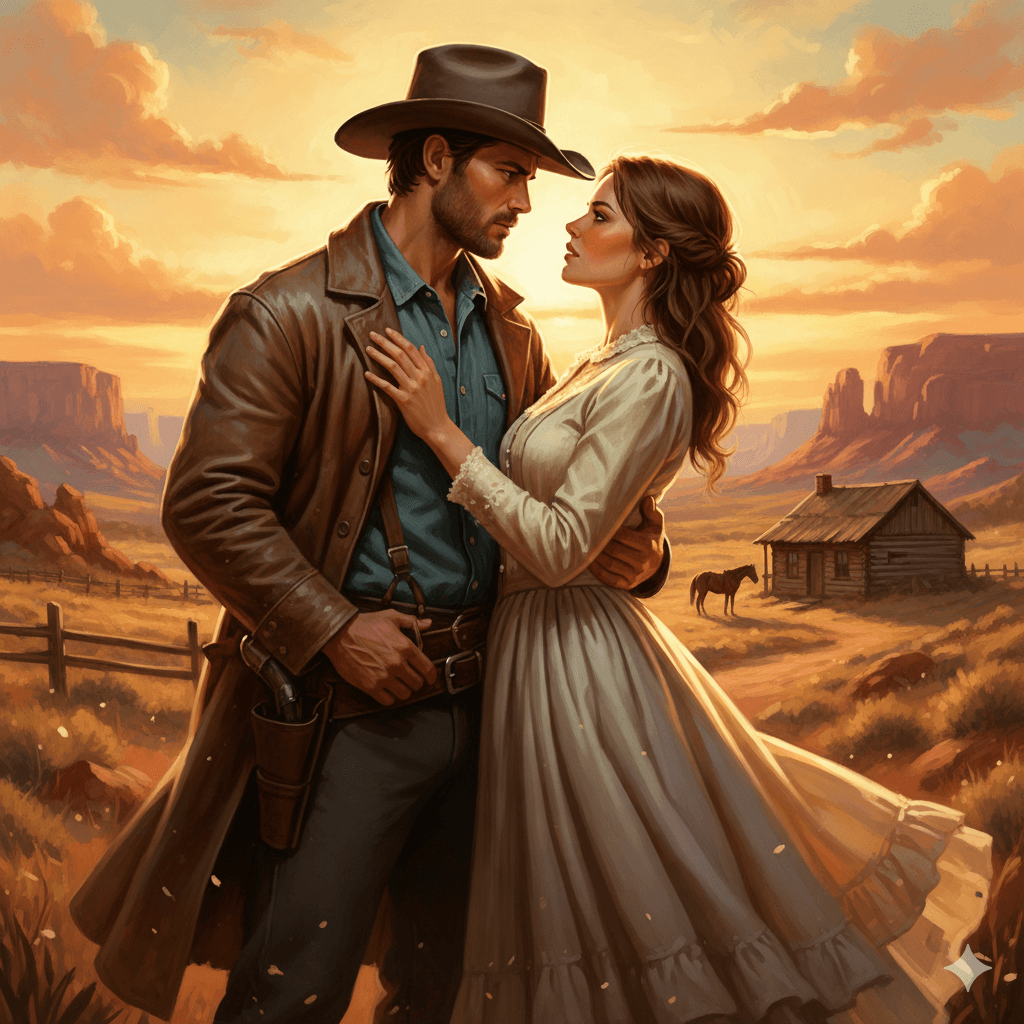

Heroines of History
Modern readers crave heroines who have agency, ambition, and spirit — and historical romance delivers.
Whether she’s a duchess, a debutante, a healer, or a woman ahead of her time, the historical romance heroine often pushes against her world’s boundaries. She may not have the freedoms of modern women, but her emotional journey reflects the same desires: independence, respect, and a love that sees her as an equal.
These heroines aren’t just products of history — they reshape it. Through their eyes, readers experience both the limitations and the triumphs of love that changes everything.
The Heroes We Can’t Forget
The heroes of historical romance are more than handsome men in cravats or uniforms — they’re symbols of transformation. Many start as proud, jaded, or haunted figures, shaped by duty or war. But through love, they rediscover tenderness and vulnerability.
Whether a duke learning humility or a soldier rediscovering peace, these heroes remind readers that strength isn’t just about power — it’s about compassion.
The contrast between their world’s rigidity and their emotional awakening makes every moment of affection feel monumental.
Why Historical Romance Still Thrives Today
Despite its roots in centuries past, historical romance remains one of the most popular genres in modern publishing — and for good reason.
- It offers escape and connection. Readers can lose themselves in lavish worlds while recognizing emotions that feel deeply familiar.
- It celebrates growth. Love isn’t just about finding someone — it’s about overcoming fear, pride, and expectation.
- It honours timeless values. Loyalty, passion, courage, and forgiveness never go out of fashion.
In an age of fast communication and fleeting attention, historical romance slows us down. It invites readers to savour language, tension, and the small, meaningful gestures that build love over time.
The Future of Historical Romance
Today’s authors are reimagining the genre with inclusivity and authenticity. Readers are discovering stories from underrepresented voices — featuring diverse characters, settings beyond Europe, and heroines who challenge traditional norms.
From Regency London to ancient Asia, from Native American frontiers to colonial Africa, the genre is expanding to tell love stories from every corner of the world.
The next era of historical romance is richer, braver, and more emotionally honest than ever — proving that history isn’t just about the past; it’s about rediscovering humanity through love.
So, What Is a Historical Romance?
Historical romance is the heartbeat of timeless love — elegant, emotional, and enduring. It captures the beauty of the past while exploring truths that never change.
When readers open a historical romance, they’re not just turning pages — they’re stepping into another world. A world of whispered promises, stolen glances, and daring hearts that defy expectation.
Because in every century, one truth remains: love is the most revolutionary act of all.

